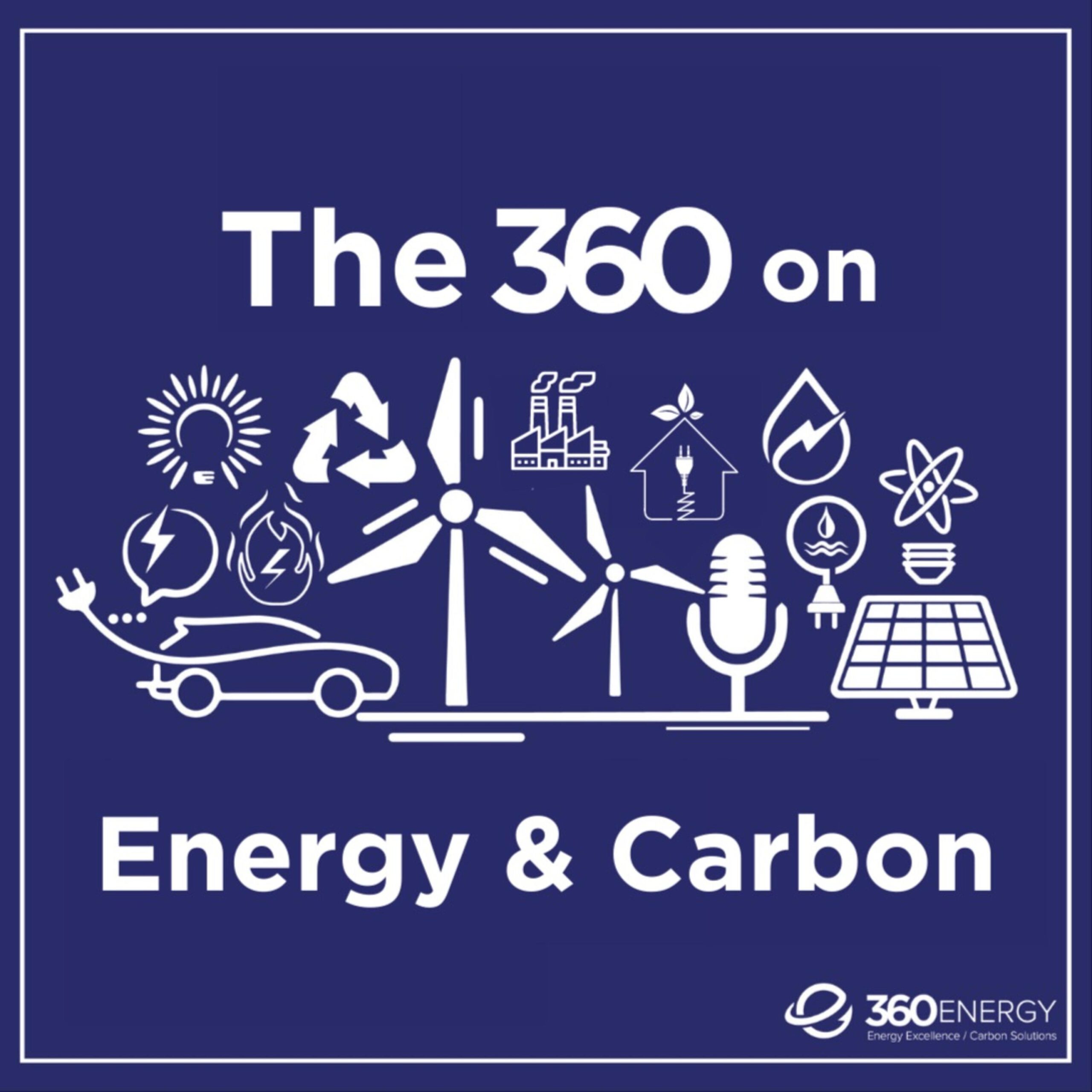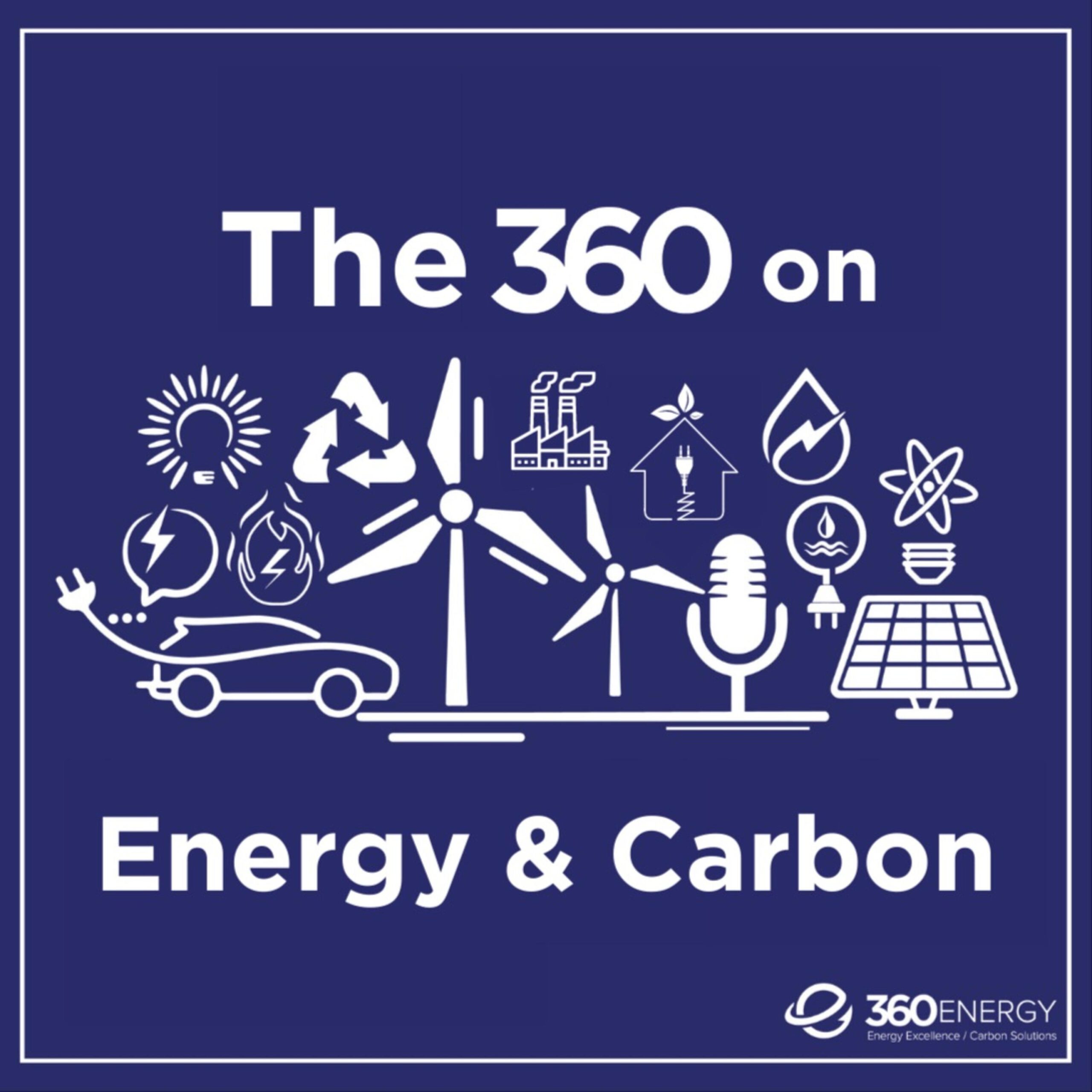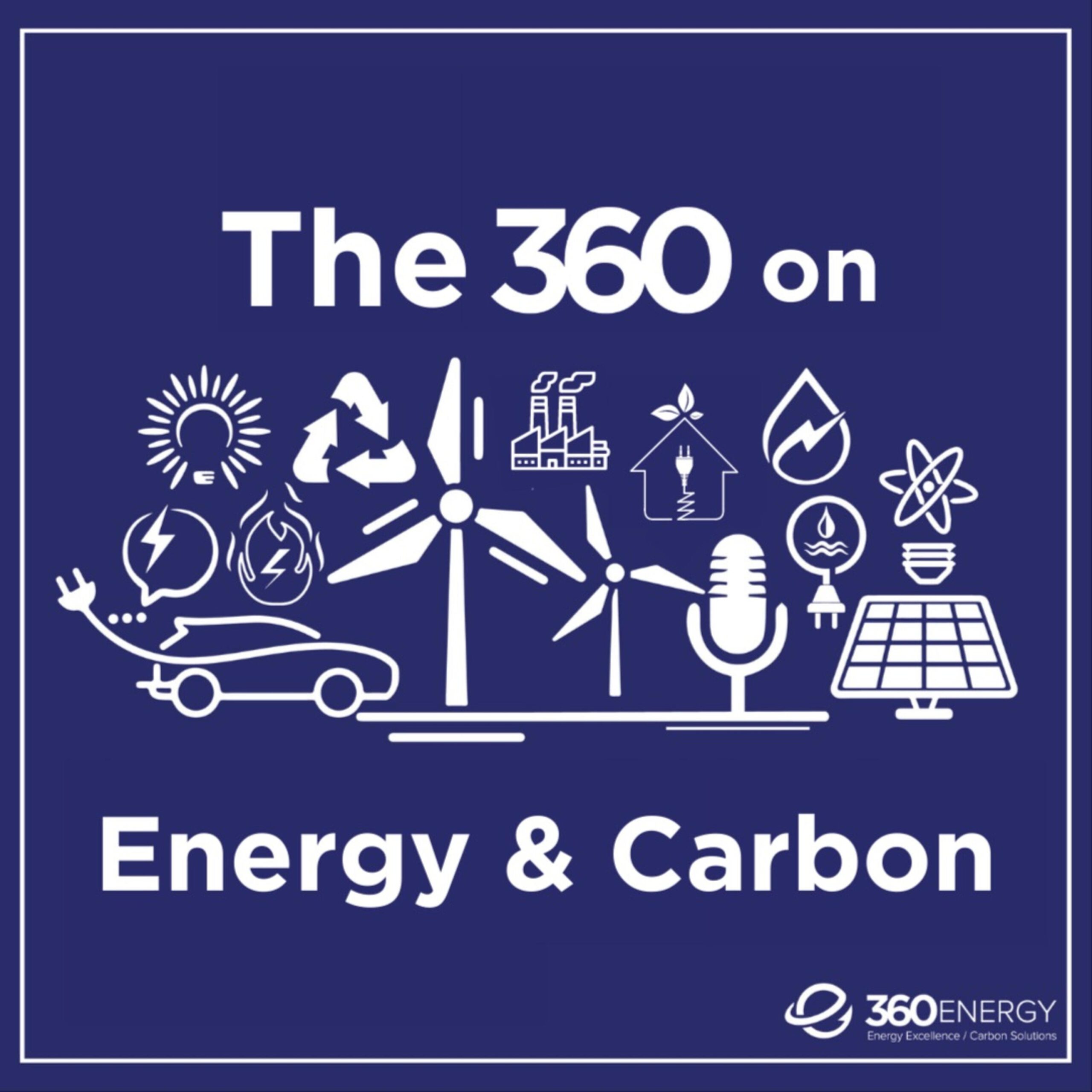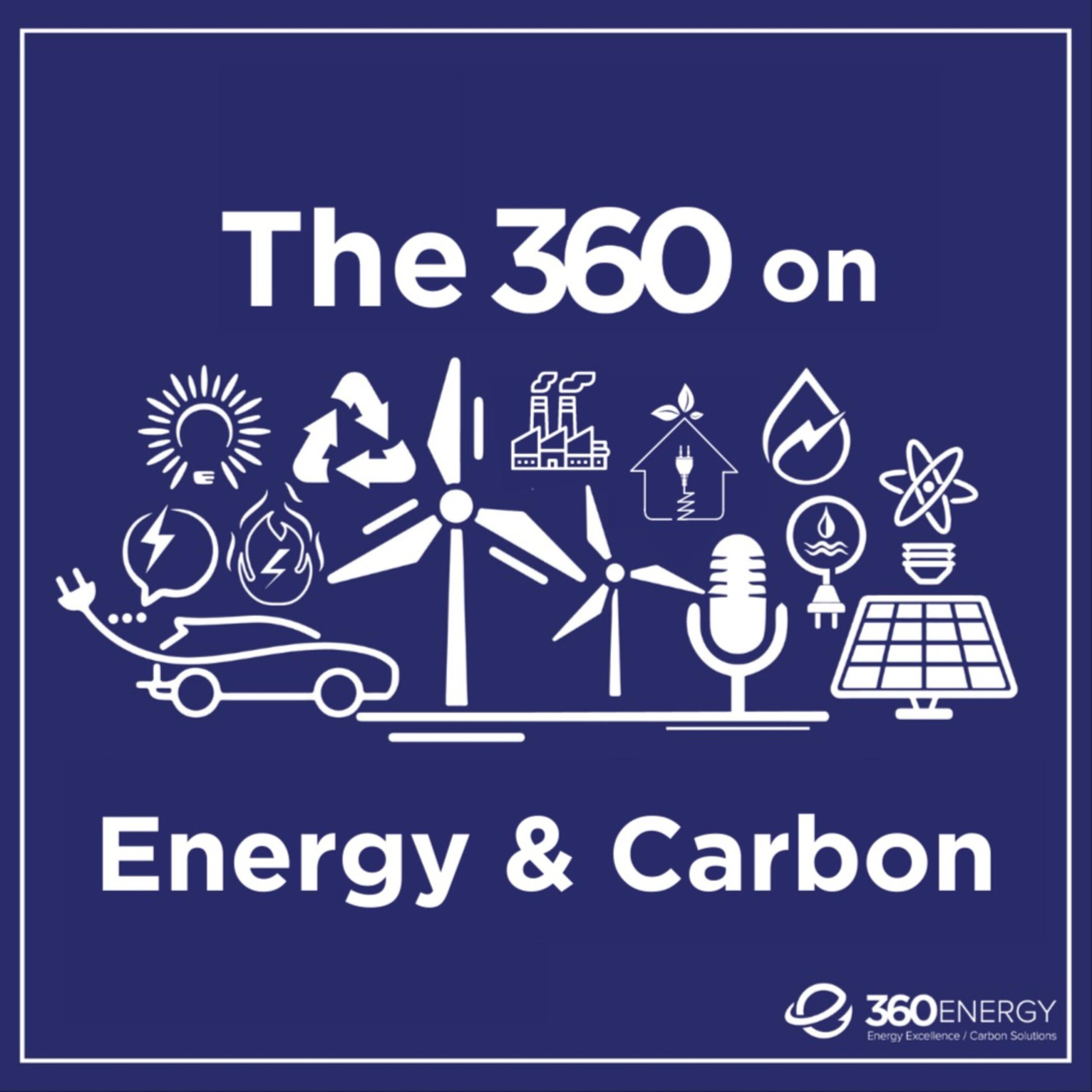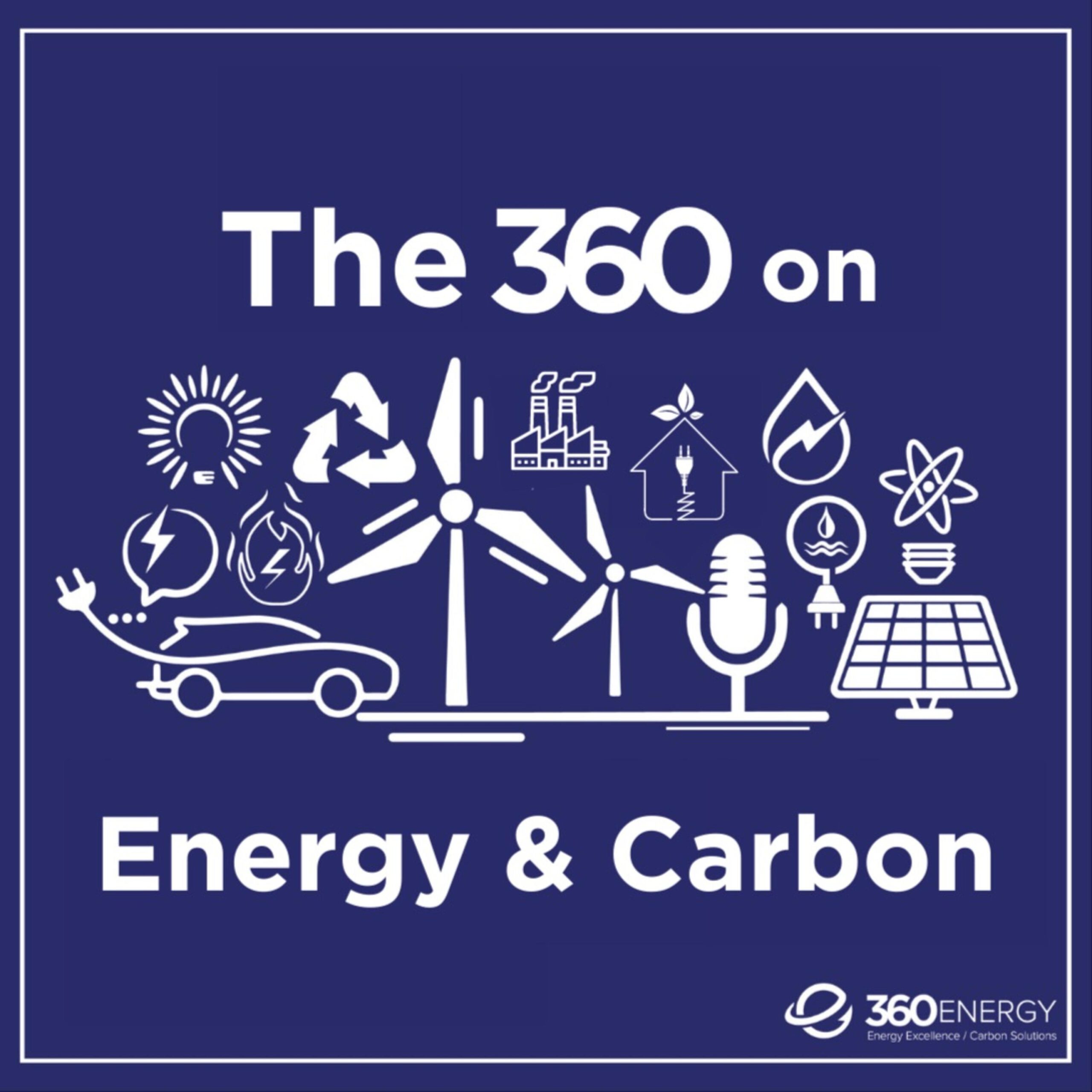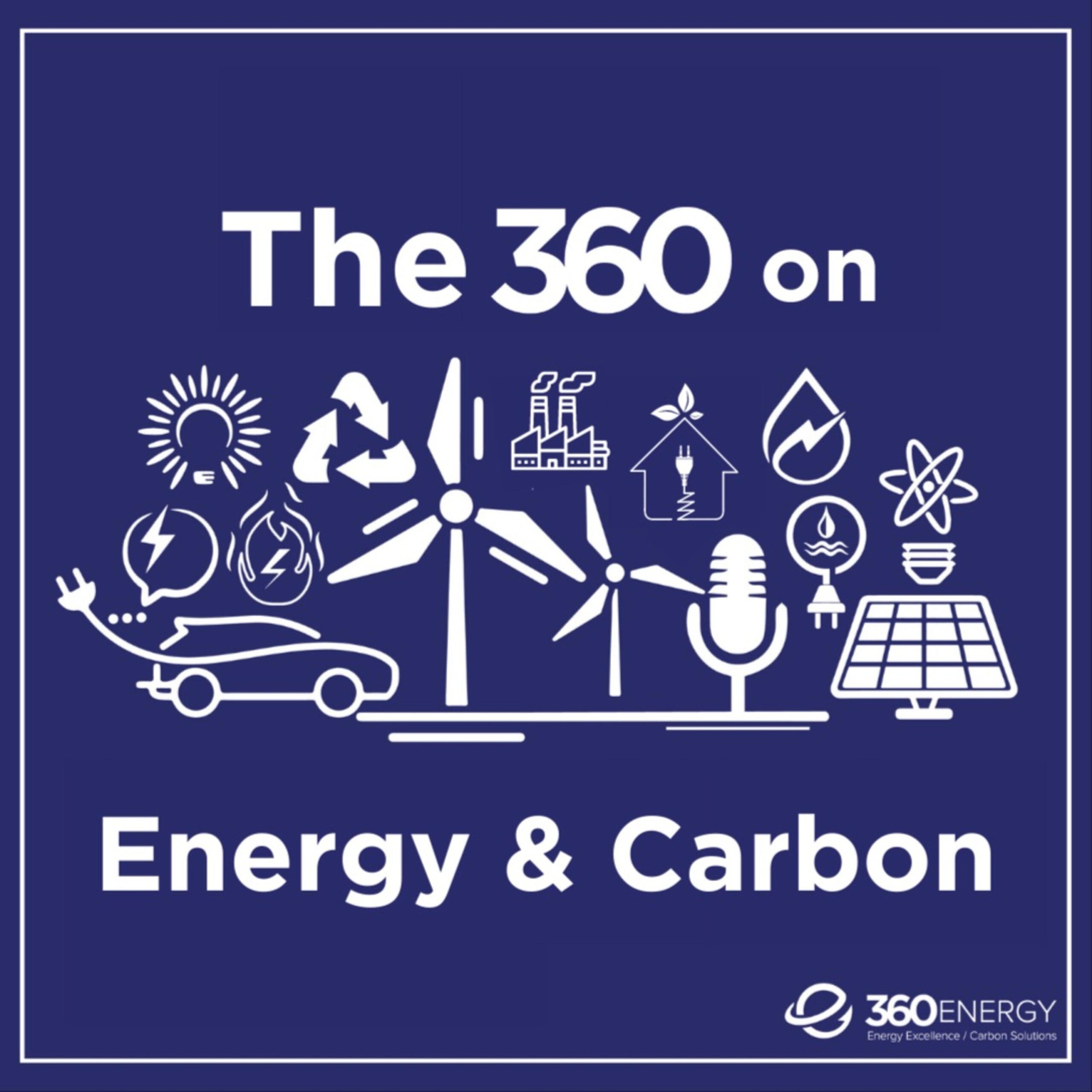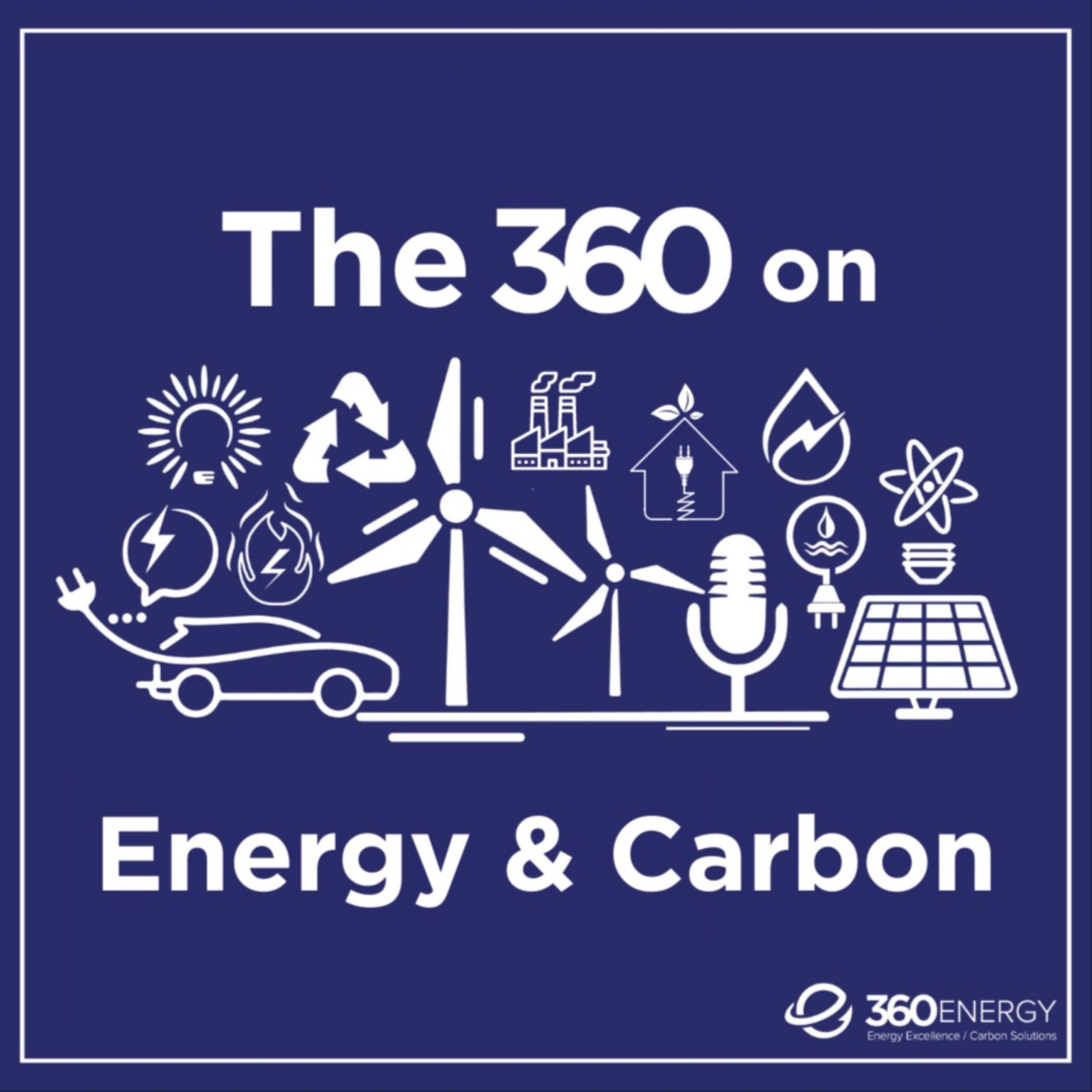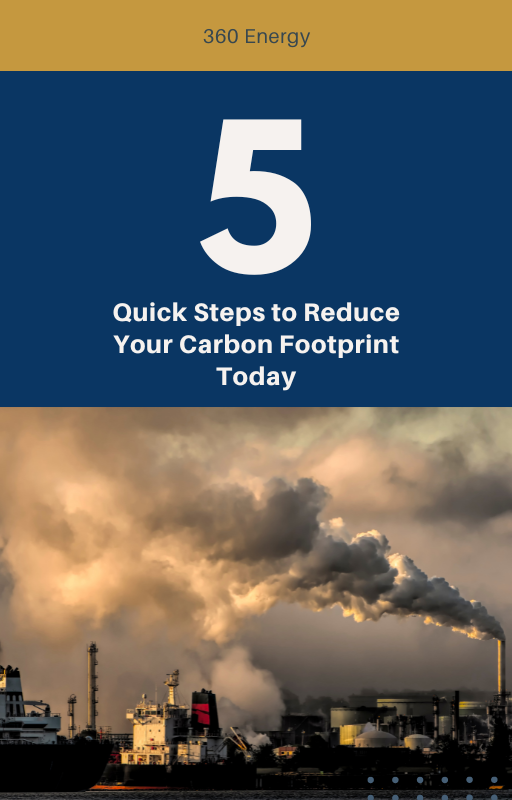
You’ve likely had family members or co-workers express an opinion about climate change. Have you had a sneaking suspicion they didn’t fully understand how climate change works? Have you longed to have a concise and easy way to explain the climate change process to them?
360 Energy recently came across an easy to understand, barebones explanation. Please let us know if you find this helpful.
- Earth absorbs most of the sunlight it receives;
- Earth then emits the absorbed light’s energy as infrared light;
- Greenhouse gases like CO₂ absorb some of the infrared light before it can leave our atmosphere;
- Being absorbed slows the rate at which energy escapes to space; and
- The slower passage of energy heats up earth’s atmosphere, water, and ground.
By increasing the amount of greenhouse gases in the atmosphere, humans are increasing the atmosphere’s absorption of infrared light, thereby warming Earth and disrupting global climate patterns.
You may find the information on this website helpful: http://www.howglobalwarmingworks.org/
Blowing Hot and Cold on Energy
“Everyone talks about the weather, but nobody does anything about it”, the saying goes.
Actually, we do something about weather all the time. When it’s cold, we turn up the heat. When it’s hot, we turn up the air conditioner. We use energy indoors to compensate for the weather outdoors. This reality underpins an energy management tool called Weather Normalization
Weather normalization calculates “heating degree days” and “cooling degree days” in order to compare energy use in a building from year to year. We would never be able to make energy management comparisons without doing weather normalization first.
Why is this important?
Weather patterns in 2018 were different than they were in 2017. The summer of 2017 was cooler than average in many areas, while 2018 temperatures were above average. In buildings that used air-conditioning to keep temperature constant, the electricity consumption in 2018 could have been substantially higher than in 2017. The difference in weather between the two summers could be enough to explain a spike in electricity use.
A similar phenomenon also occurs in cooler months. In November 2018, much of the eastern U.S. and Canada saw colder-than-normal temperatures. Philadelphia experienced the cold weather as a 21% increase in heating degree days compared to November 2017. In Toronto, it was a 16% increase. As a result, the energy consumption in Toronto and Philadelphia buildings this past November was likely higher than was the case in November 2017.
Using average temperatures for a month to calculate the impact of weather can be useful. If the difference in average temperatures does not fully explain a variation, then there would be other reasons for a change. Some sites upgrade the insulation or install energy efficient HVAC equipment. It is necessary to use weather normalization to determine the impact of these measures.
Comparing energy use year over year should be on every manager’s “to-do” list. They need to know if productivity and energy efficiency measures are working and are achieving their savings goals. Normalizing for the impact of weather is the essential first step in gaining that knowledge.
By all means talk about the weather. Just remember, though. Energy management does something about it.
